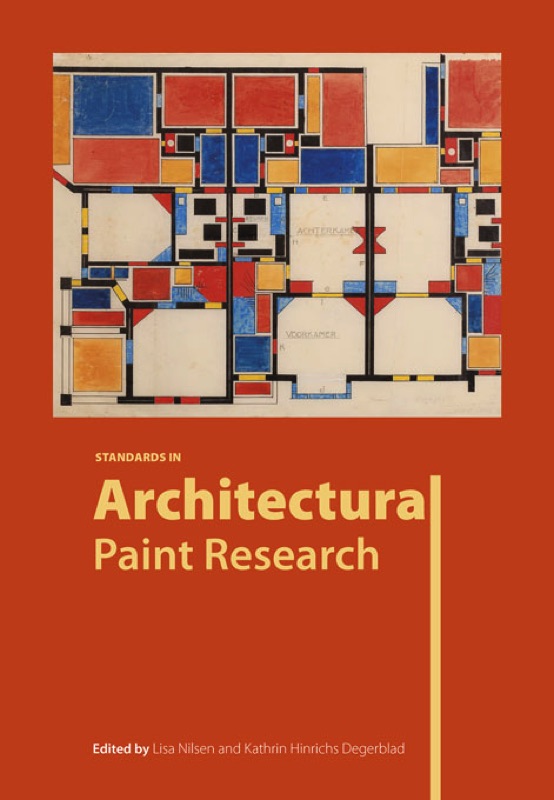The implications of globalisation include the growing necessity for people everywhere to be working in a more ‘global’ way. The increased international cooperation between professionals and clients in the field of Architectural Paint Research has highlighted the necessity to agree on standards in the way that samples are taken, analysed and recorded. The papers in this volume (presented at the conference Innovation through Baseline Proficiencies, hosted by the Swedish National Heritage Board) illustrate the problems involved in meeting this challenge. Ideas for moving forward include: the importance of keeping up with present-day standards in the paint industry, the creation of a new European group and an association of architectural paint researchers.
For a look inside click here.
Standards, Working procedures, demands in tendering processes
Baseline proficiencies for Architectural Paint Research: Replacing the ‘Goldilocks Standard’ - Helen Hughes
Promoting Architectural Paint Research in Sweden through accessibility of samples and results - Kathrin Hinrichs Degerblad
Establishing Standards for Architectural Paint Research at Historic New England - Benjamin Haavik
It’s Open to Interpretation: A Study in Writing Paint Research Reports for the Entire Project Team - Jennifer Cappeto
Tracing the making of the painted stone portal of Ryning palace, Stockholm - Anna Henningsson and Alexandru Babos
Identification of zinc-based paints in cross-section: a comparative study of autofluorescent behavior, TSQ fluorochrome stain and elemental composition with SEM-EDS - Kirsten Travers Moffitt and Catherine Matsen
The use of fire retardant surface treatment in and on historic buildings - Barbro Wedvik
Exterior colour schemes of dwellings in the historic centre of Visby 1860–1930: architectural paint research and the preservation of townscape - Max Laserna
Interdisciplinary communication between professionals
Architectural Paint Research – How to improve the interaction between client, commissioner and executor - Keynote speaker: Jon Brænne
Facilitating awareness of a shared challenge - Bernice Crijns
Architectural Paint Research: Exploring the architectural qualities of colour - Angelique Friedrichs
Gunnebo House: Historic interiors research for conservation of architectural paint through an international, interdisciplinary collaboration following proposed APR standards - Stephan Günther and Maria Höijer
Architectural Paint Research in the ceiling of the Gallery of Charles XI – what we learned - Kristin Fyrand
Twelve Years in Topeka: Struggles and Successes in a Phased Restoration - Bryon Roesselet
How communication of research findings resulted in reconstruction of Chipolin painted surfaces at the Hermitage Castle in Denmark - Line Bregnhøi
Old National Archives - Ewa Björdell and Johan Rittsel
Addressing the Challenges of Modern Paint Materials: Paint Colour Quality - Craig Oleszewski
Promoting architectural paint research to users and public, empowering and educating decision makers
Collaborating to Reveal, Interpret and Restore 1860s Decoration in Richard Upjohn’s Grace Church (Brooklyn, New York) - Amanda Stauffer Park
From Pauper to Prince: Re-interpreting St. John’s Colonial Building through Decorative Finishes - Stephanie M. Hoagland
Changing minds through sharing research: the preservation of historic Damascene Ê¿ajami rooms - Anke Scharrahs
Danish church interiors, research into colour change, and knowledge of colour history used as tools in the decision-making process toward preserving church cultural heritage - Karin V. Kristiansen
Tartu Art College’s role in Historic Interior Research in Estonia - Heli Tuksam
The Van Doesburg Rinsema project in Drachten and Amsterdam. An unorthodox consonant - Mariël Polman, Luc Megens, Paulo Martina and Arie Wallert
